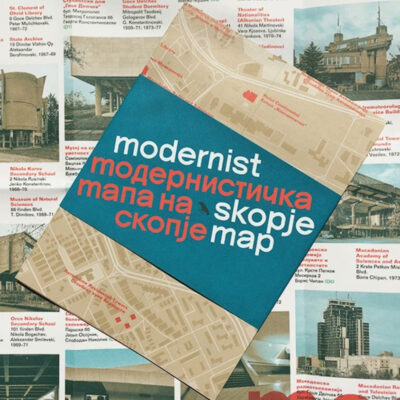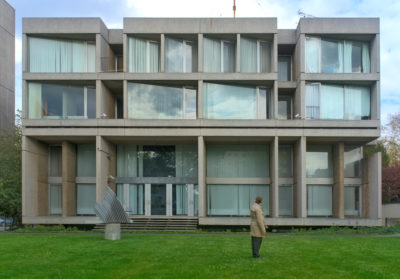Slovak Radio Building, Bratislava
An antidote to Social Realism

Shaped like an inverted triangle, two pyramids one within the other, a testimony to the determination of its architects to build something profoundly different, an antidote to social realism. The architects, Štefan Svetkom Štefan Durkovič and Barnabáš Kissling, who won a competition to build it, after the original winning design by Miloš Chorvat was rejected, recalled the development of their vision for the Slovak Radio Building in Bratislava;


“We kept correcting the draft due to the need for an expressive expression. This building was not supposed to look like any other institution”
An early steel building in Bratislava, from the off, the construction did not run smoothly not least because the construction team were simply not sufficiently familiar with the materials. In the Eastern Bloc the architectural landscape was invariably concrete. Design faults quickly appeared and the builders were not motivated to work speedily or with respect for the materials. The architects recall spending weekends ‘cleaning tiles soiled with mortar’.

the Transverse Axis was to be a thoroughfare
The original vision was for a light and airy interior with a sense of openness, terraces were to be wrapped around the building but never made the final cut. Certain elements were incredibly important to the project, excellent soundproofing was a must, in order for the recording rooms – one the size of a concert hall, to function properly. Overriding everything was the role of the building in reconfiguring the district it was built in, to create a new connection between the historic Old Town of Bratislava and the post-war New Town. The Transverse Axis was to be a thoroughfare, 90 meters wide linking the Central Railway Station to this new area. It was never realised save for a few elements such as the Slovak Radio Building.
Ultimately the project dragged on for years 1967-1983 – to think that a matter of a few years later, twenty years after the original idea was conceived, the political system collapsed and State Radio’s importance entirely changed. Equipment that made perfect sense in the 1960s was outdated and of little use – the building was sold to an anonymous buyer.

Image Copyright of photographer and videographer, Oliver Skukalek
Follow Oliver on Instagram @_oli001






















